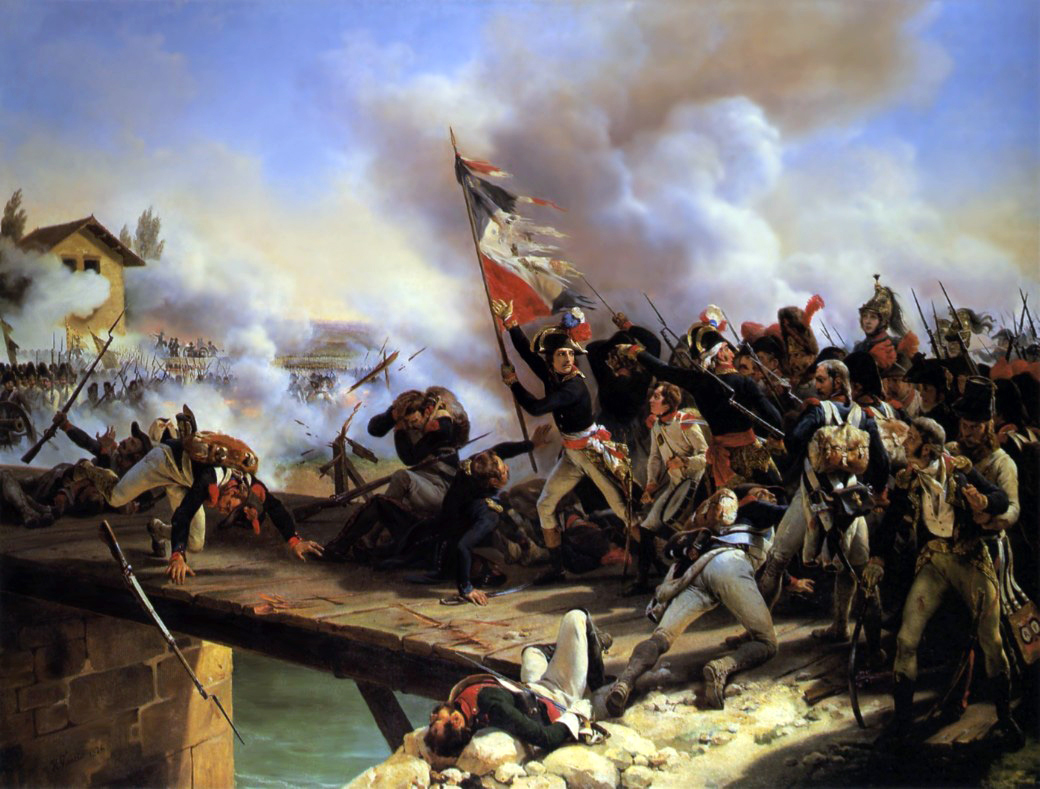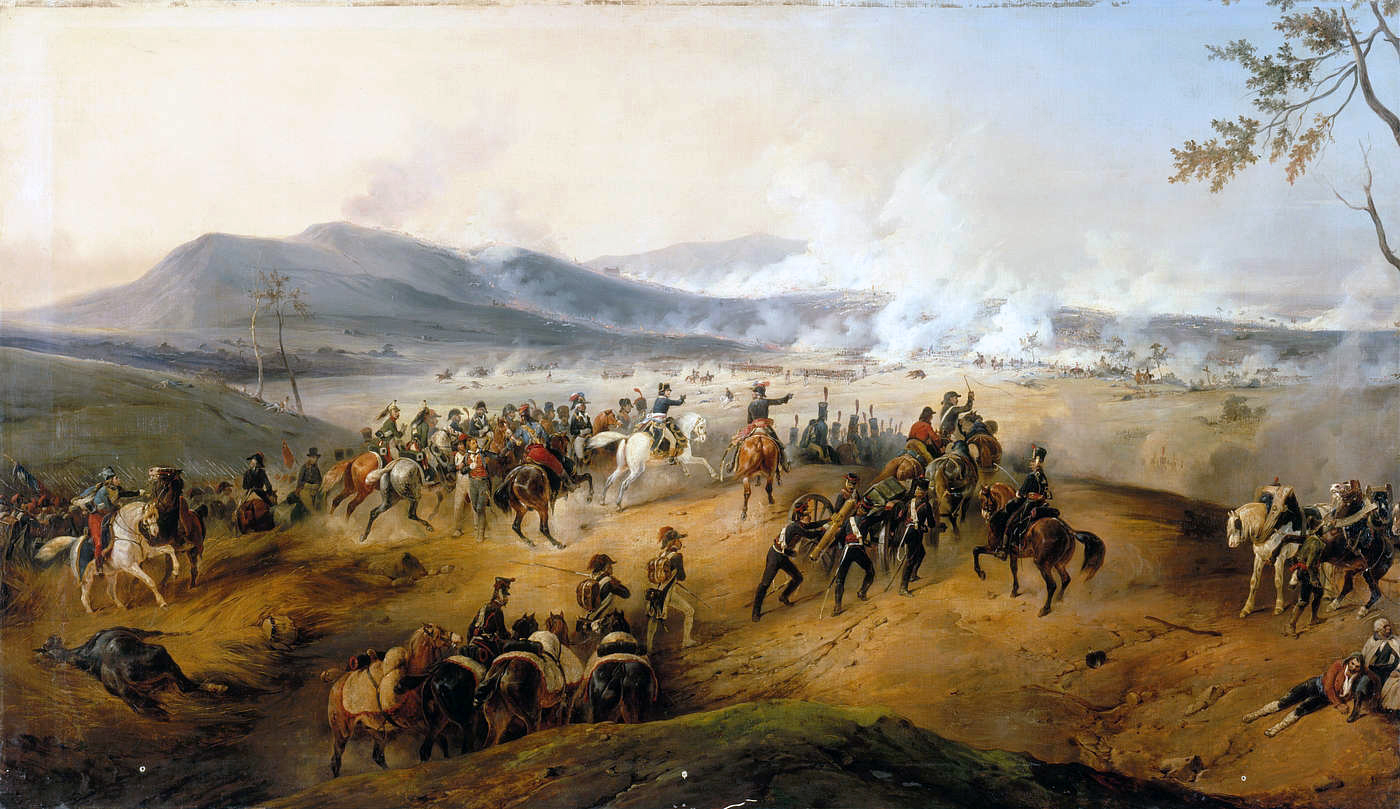Mantua (Italy) History Siege, 1796-1797
Enlarge text Shrink textDuring the siege of Mantua, which lasted from 4 June 1796 to 2 February 1797 with a short break, French forces under the overall command of Napoleon Bonaparte besieged and blockaded a large Austrian garrison at Mantua for many months until it surrendered. This eventual surrender, together with the heavy losses incurred during four unsuccessful relief attempts, led indirectly to the Austrians suing for peace in 1797. The siege occurred during the War of the First Coalition, which is part of the French Revolutionary Wars. Mantua, a city in the Lombardy region of Italy, lies on the Mincio River. After driving the Austrian army out of northwest and north-central Italy, the French invested the fortress of Mantua starting in early June 1796. In late July, a new Austrian commander, Dagobert Sigmund von Wurmser, led an army to the relief of Joseph Canto d'Irles's garrison from the north. Mantua was reached and the French were forced to abandon the siege. However, the Austrians were subsequently beaten in the battles of Lonato and Castiglione. Forced to retreat, Wurmser resupplied and reinforced the fortress with food and able-bodied troops. After withdrawing north up the Adige River, Wurmser planned to move his main army through the mountains to Bassano via the Brenta valley. From there he would mount the second relief of Mantua from the northeast. In an exceedingly bold maneuver, Bonaparte smashed Paul Davidovich's covering force and followed Wurmser down the Brenta valley. Overcoming the Austrian army at Bassano in early September, Bonaparte tried to destroy Wurmser but failed. Instead he chased the bulk of the Austrian army into Mantua. The garrison now counted 30,000 men, but cut off from outside help, disease and starvation began mowing down Wurmser's troops. A new commander, József Alvinczi, led the third relief of Mantua in November. While Alvinczi marched from the northeast, Davidovich's column moved down from the north. Alvinczi defeated Bonaparte twice and moved to the gates of Verona while Davidovich drubbed his French opponent in the Adige valley. At his last gasp, Bonaparte crossed the Adige behind Alvinczi's left flank at Arcole. The fighting raged for three days but the French finally prevailed, forcing the Austrians to pull back. Free of Alvinczi, Bonaparte attacked Davidovich and forced his corps to retreat also. For the fourth relief of Mantua, Alvinczi advanced his main army from the north while sending two smaller columns to threaten the French from the northeast. The French crushed the Austrian main army at Rivoli. Leaving two divisions to finish off Alvinczi, Bonaparte rapidly moved south and arrived near Mantua in time to destroy one of the other Austrian columns. With no hope of further help, Wurmser surrendered Mantua in early February.
Read more on Wikipedia >
 Topic
Topic


.jpg)





